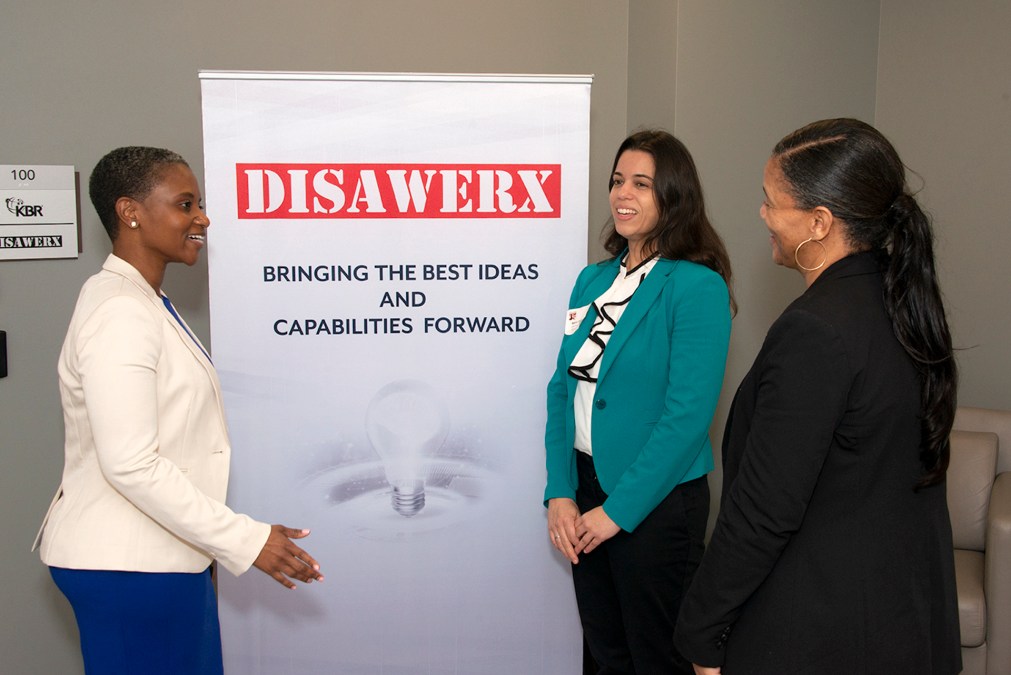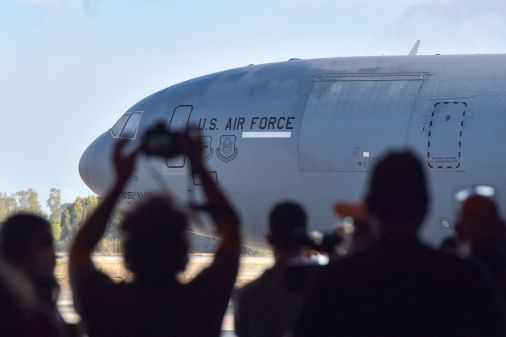DISA creates new tech incubator, DISAWERX, to support innovation

The Defense Information Systems Agency recently launched its own technology incubator — DISAWERX — designed to provide Pentagon personnel who have IT expertise with a multi-faceted hub to prototype and rapidly refine capabilities of interest.
DISAWERX includes a virtual environment, event organizer and physical laboratory based in Maryland, where stakeholders from the Defense Department, industry and academia can swiftly experiment with emerging and disruptive technologies.
“That’s the whole thing,” Jeanelle Holder, an electronics engineer and DISAWERX program manager, told FedScoop on Monday. “You have an idea and we can help you bring it to reality.”
Formed through a Cooperative Research and Development Agreement (CRADA) between DISA’s Emerging Technology Directorate and engineering company KBR, DISAWERX is meant to provide a safe space — digitally and physically — to develop cutting-edge prototypes of new tech that could contribute to national security.
It also aims to cut through bureaucratic red tape that often impedes Defense Department agencies.
“At DISA, when you’re trying to bring new technology into the building, you have to get a lot of approvals. It takes a lot of time,” Holder explained.
On a tour several years ago, DISA officials saw how quickly the Air Force’s innovation hub, AFWERX, is able to spin up and deliver technologies. Inspired by the “huge benefit” that that “werx” organization provides to service members, they opted to launch their own.
The agency entered into a CRADA with KBR to formally establish the new technology incubator in early 2020 — right around the time the COVID-19 pandemic hit.
“So, some of the momentum slowed down. Then the supply chain was really a factor for us, and getting the equipment delivered on time,” Holder noted. “But early this year we kind of revamped it up and got equipment in there.”
DISAWERX is based at KBR’s Joint All Domain Warfighting Lab in Maryland. There, DOD employees can now experiment with new technologies and capabilities via an unclassified environment that is also accessible from the internet through a virtual private network.
DISA purchased Dell servers that are physically located in a specific room at KBR. “They have system administrators. And we do, as well,” Holder noted.
Beyond the accessible lab and equipment, DISAWERX also provides Defense officials with a conference center to host discussions and promote cooperation. That facility, with individual conference rooms, was observed earlier this summer during the innovation hub’s first AI summit. Officials are also planning to host events there this fall that will focus on cybersecurity and data management.
DISAWERX is where the agency now hosts technical exchange meetings, or brainstorming sessions, where companies can demonstrate their technologies to DOD stakeholders and answer any questions directly. Pentagon participants can also request temporary licenses to test some of the tools through DISAWERX if they see alignment with their teams’ operational needs.
“Maybe they don’t feel comfortable doing it on their own PC. They can use our equipment and test out capabilities that the vendors provide,” Holder said. “We’re open to new ideas — any suggestions that people have they can come to us.”
DISAWERX is also enabling Defense Department personnel to bring commercial and open-source technologies into their own “sandbox,” a virtual environment to try out different solutions. Holder said officials can “ramp up” storage and connectivity based on customers’ needs.
“Something small that we’re trying to get in the lab is a 3D printer, so people can test out different things and prototype,” she also noted.




